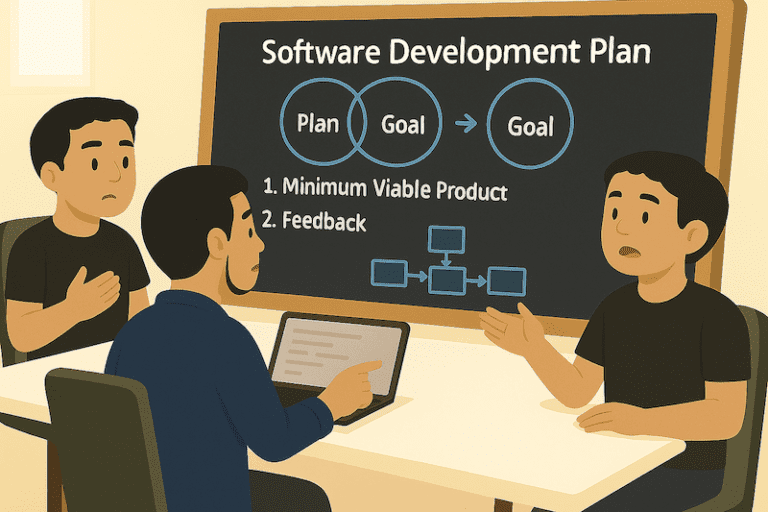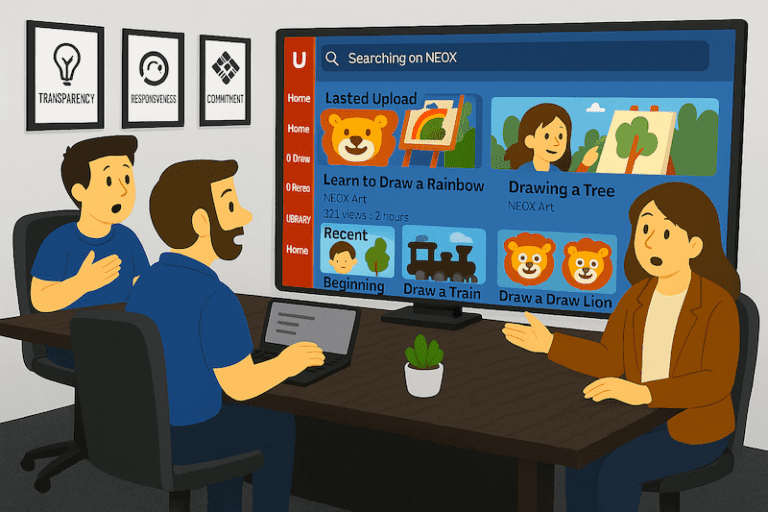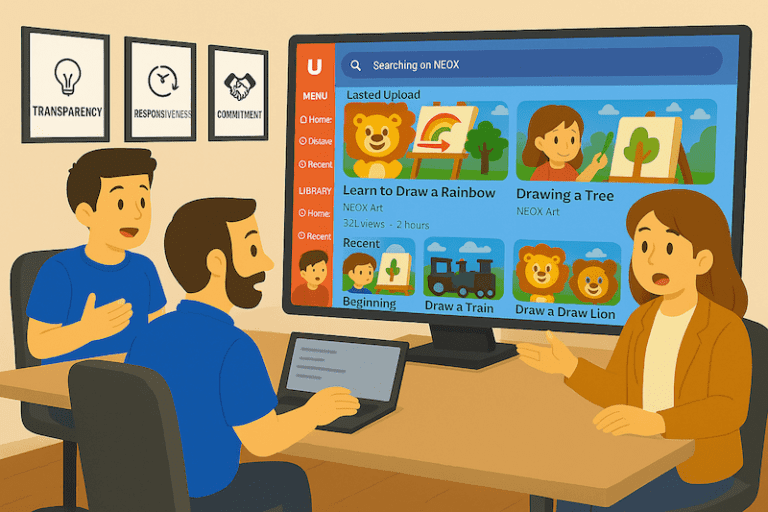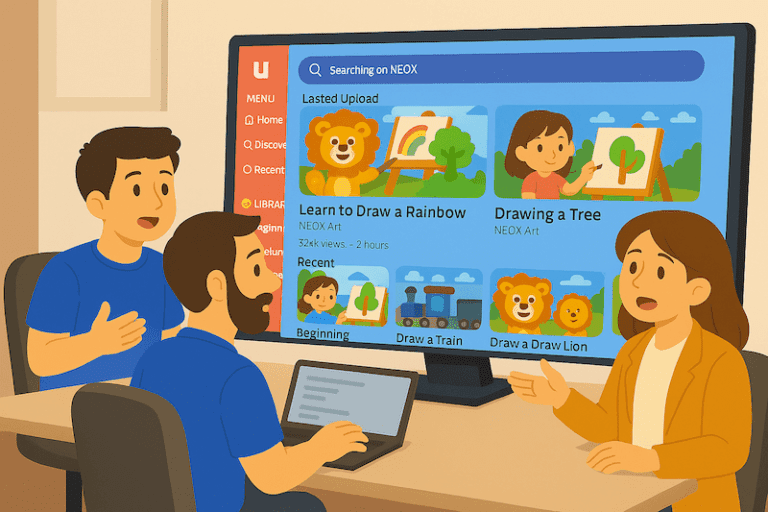In the spring of 2023, we received an unexpected email from Hong Kong.
It was from a co-founder of a tablet manufacturing company — someone who had found us online. He was exploring ways to pre-install an educational video app onto his tablets for kids aged 4–10. It was clear he was technically sharp, with solid knowledge of mobile development and cloud services. But as we soon found out, tech skills don’t always equal clarity on the product side.




